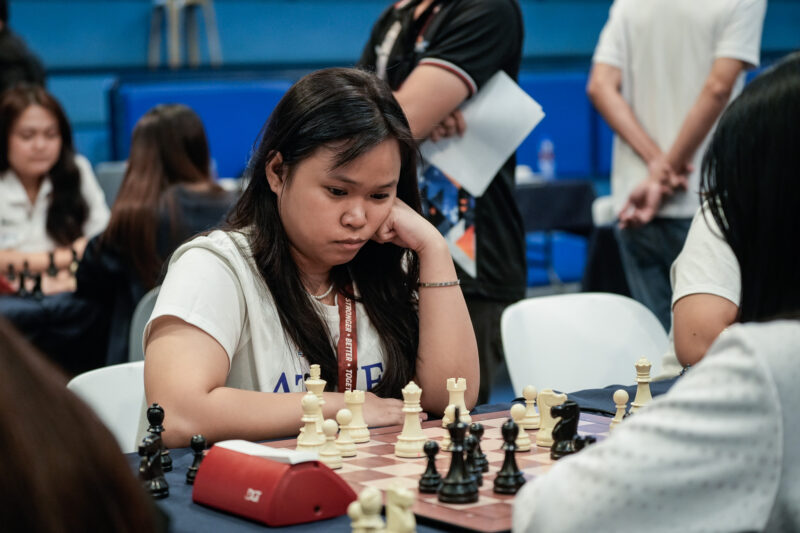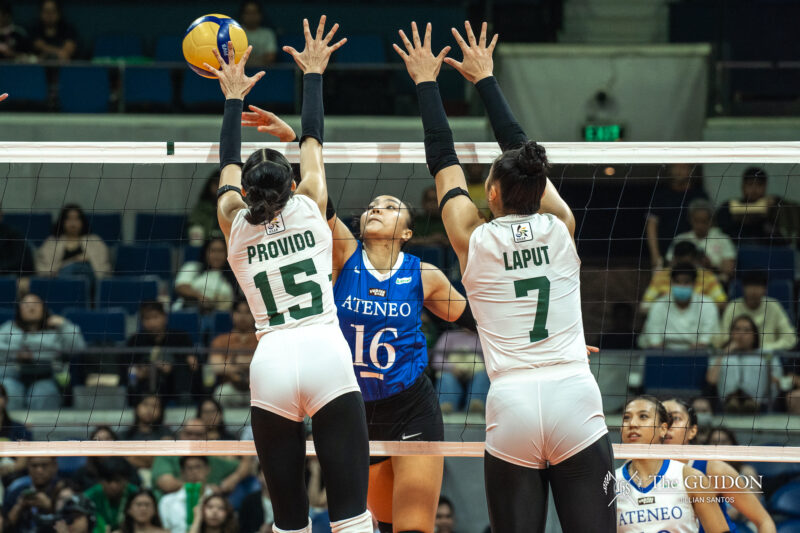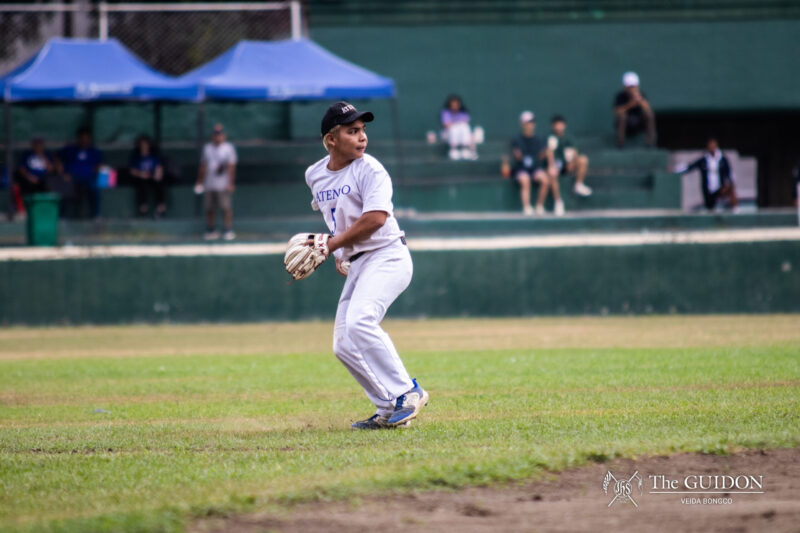THE SPLISH-SPLASHING of water hit the seashore, and my cousins giggled as we fought off the waves with our paddle boards, which kept slipping off my sunscreen-coated hands. Amid all of this, there was but a single thought that occupied my mind: “I hope I don’t get any darker.”
Being morena was something I was insecure about as a child. Despite my parents speaking reassuring words and my friends never really pointing out my tanned skin, I still felt like I was less than others because of my kayumanggi skin.
Thus, the color of my skin became a villain in my life that I blamed for a lot of things. I criticized it for making me ugly, and I thought I would be prettier if only my skin weren’t so dark. I accused it of destroying my love life, when, in fifth grade, the guy I had a crush on didn’t like me back because I “looked like a lechon.” I even blamed it for making the joyous experience of exploring makeup frustrating because I couldn’t find a concealer shade dark enough for me. Through it all, I thought that being morena was to blame for the experiences I was held back from.
In the Philippines, colorism is an issue that alters the everyday experiences of Filipinas across history. As I studied in school, colorism is just like a lot of the other outdated norms in our country and can be traced back to colonialism. I learned about how as early as the Spanish colonial period, people with my skin color were being discriminated against and were even treated like animals.
Empowered by knowledge of our country’s past, I experienced something within me change when I was 15. I finally had enough and wanted to turn the page on this self-loathing book to start anew. I refused to become victimized by colonialist ideologies. I no longer wanted to spend a single centavo on skin-whitening companies that made money off people who were made to feel ugly because of their skin.
In my journey to reclaim the skin tone I used to hate, I discovered that because I hated my skin, it also diverted me away from many other aspects of my Filipino identity. As I tried to reconnect with my roots, I began listening to Filipino music and watching Filipino films. I never felt more like myself than I did when I finally embraced who I truly was.
When TikTok blew up during the pandemic, I found that I wasn’t alone in the struggle of learning to love my morena self. Marginalized voices were amplified on this platform and I found creators like Ayn Bernos, a Miss Universe Philippines candidate in 2021, who advocates for morena beauty and representation. I found people like Belle Rodolfo, a content creator and beauty editor at L’Officiel Philippines, who made me feel that brown skin can be beautiful, too.
Finding the representation I longed for my whole life allowed me to accept myself in a way I would have never thought possible. Now, I am inspired to advocate for morena beauty so that younger people who are born with kayumanggi skin don’t have to go through the painstaking experience of hating themselves, too.
If I could go back in time, I would tell my younger self that one day, we would feel differently about ourselves—not because we’re finally light-skinned but because we’ve learned to be proud of the tanned skin we were born with.
I wish I could tell my younger self to take a moment and look at everyone around her the next time she’s at her grandparents’ beach house in the small town of Becques, Ilocos Sur. I would tell her not to feel alone because everyone in that small town has the same skin color as her. Their skin reflects generations’ worth of hardships and stories on colorism. Beyond that, their skin reflects generations’ worth of stories on culture and identity.My skin color tells the history of my ancestors before me. I want to rewrite the narrative that colonialism has created because morena is beautiful the same way that every person with a “different” size, shape, or color is beautiful, too.







